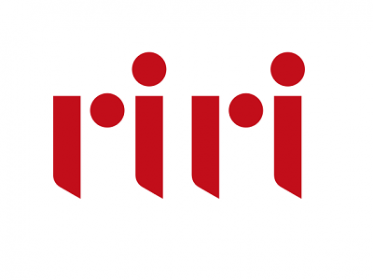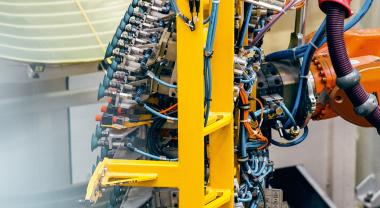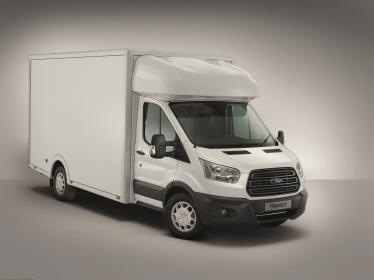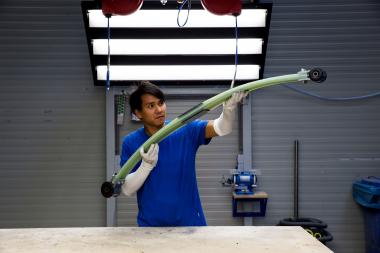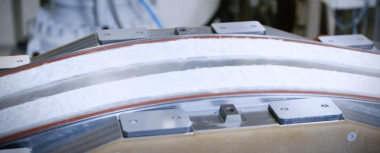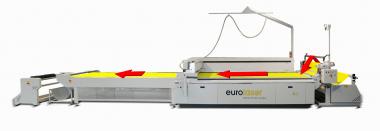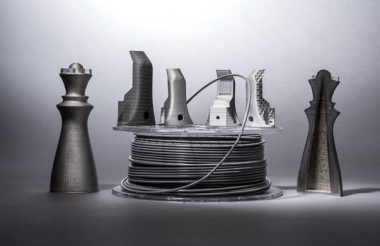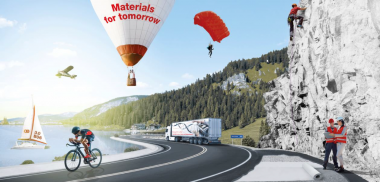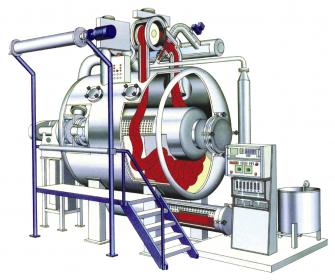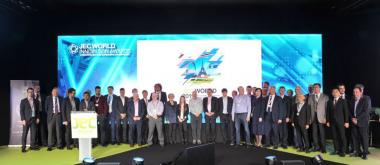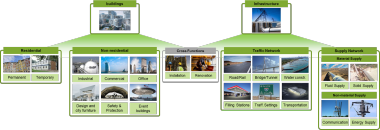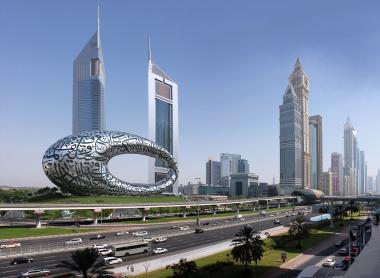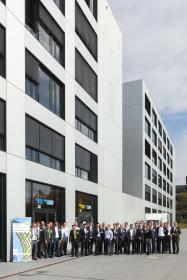RIRI and COEURDOR join forces
Riri and Coeurdor announce that they are creating the largest metal accessories group dedicated to the high-end luxury brands. The combination of the two companies will result in a unique value proposition, offering the full range of metal trims. This will allow luxury brands to simplify their supply-chain and benefit from unique innovation capabilities, including new technology like 3D printing and stainless steel. They will also rely on a production network that spans from France, Italy, Switzerland to Portugal, offering maximum flexibility and security of supply adapted to the fashion market requirements.
Founded in 1951 and headquartered in Maîche (France), Coeurdor is a manufacturer of metal accessories for the luxury industry. The company is specialized in surface finishings and manufacture of metal products for Luxury leather goods, with production facilities in France and Portugal. The company is well-known for the quality of its products, its innovation capabilities and strong customer relationships.
Founded in 1936 and headquartered in Mendrisio (Switzerland), Riri is a well-known brand, producing zippers and buttons, through Riri and Cobrax brands, mostly for the high-end luxury market. Riri is the privileged choice of many brands in light of high quality of the creations released season after season, ever-ending effort in terms of innovation, personalization of details and high service levels. The company has a world commercial presence, with commercial offices in Paris, New York City, Los Angeles, Hong Kong and Shanghai and four manufacturing sites across Switzerland and Italy.
Robert Jeambrun, Chairman of Coeurdor said: “We are very excited to open this new chapter of our history together with Riri. We believe the two organizations share the same values, including a focus on innovation and dedication to high service levels for our customers. Crossing our path with Riri will enable us to continue our growth story and increase our financial means, becoming the supplier of choice of high-end luxury brands.”
Renato Usoni, CEO of Riri Group said: “We are welcoming the Coeurdor family. The alliance of the two groups will create a new leader in the market with a unique business model and industrial means capable of supplying all metal pieces needed by our clients, from zippers to buttons and metal trims, all at once. The combined offering will be highly synergetic and will allow our clients to better industrialize their supply chains and benefit from unique innovation capabilities.”


